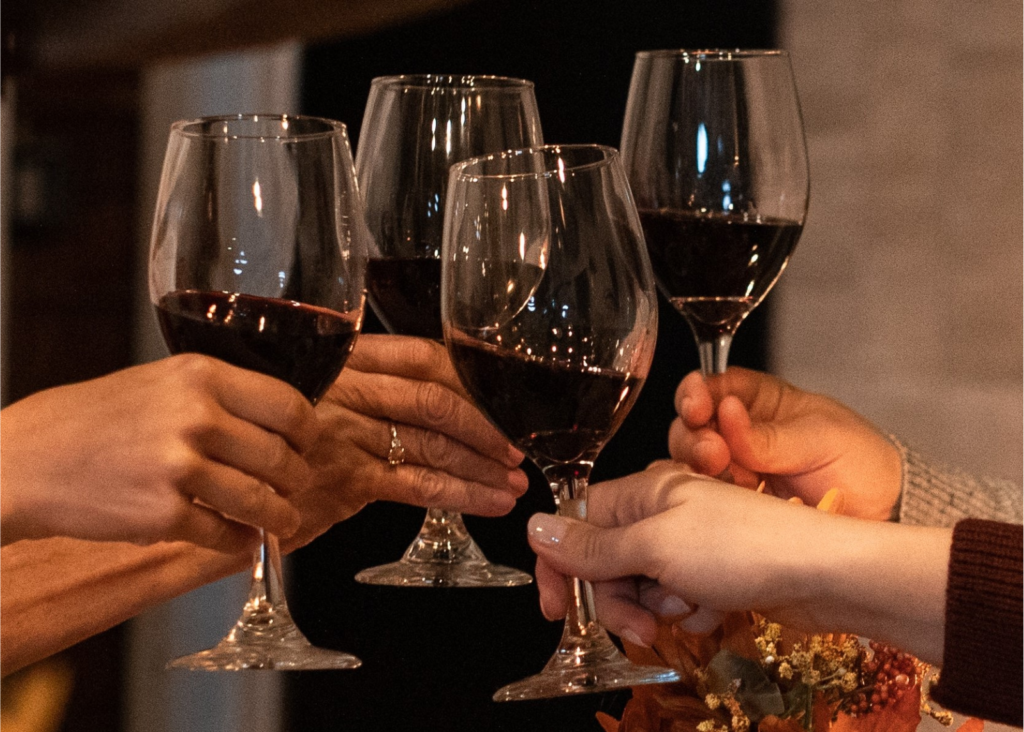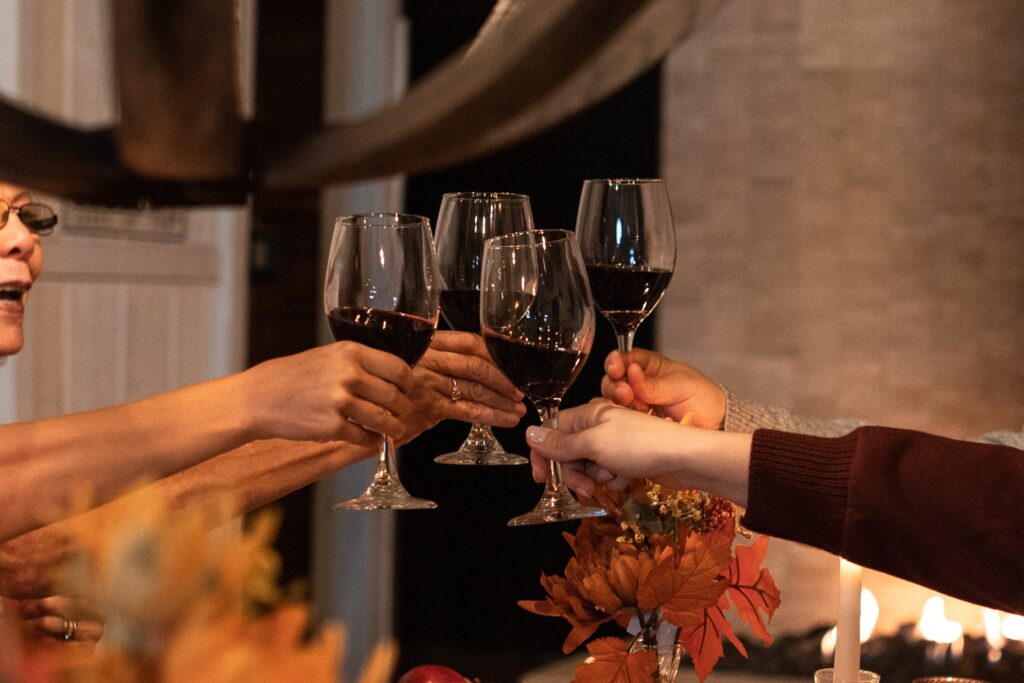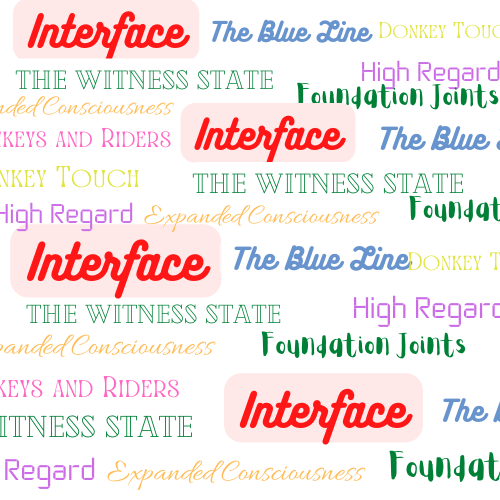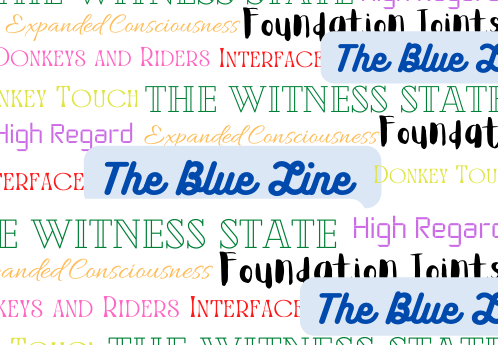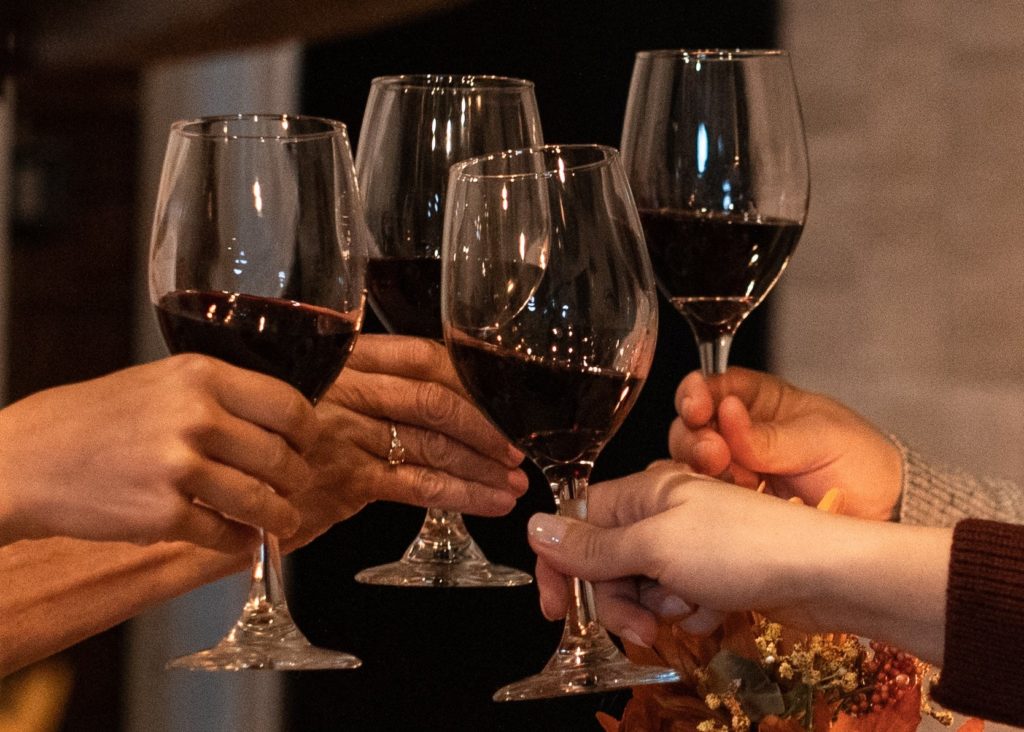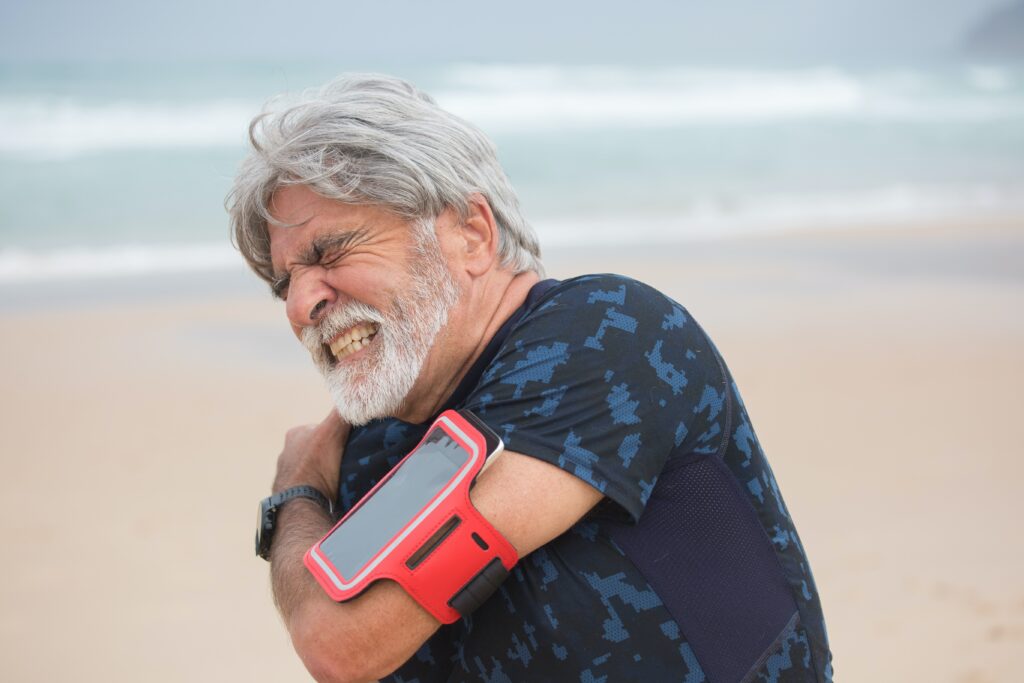
Many people come to my office seeking help for physical pain. Most are looking to both understand why they hurt as well as to find pain relief. Discovering the underlying cause of the problem helps meet both goals. Knowing what is causing the pain can help one to avoid exacerbating activities. Treatment that accurately targets the cause is more likely to work. What happens when the cause is not where we expect it to be?
Through the lens of western medicine, one might find the cause in the same anatomical area as the pain, in an area separate but directly related to the cause, or in an area separate and unrelated to the cause. After an ankle sprain, the pain is often felt directly over the injured ligament in the ankle. With a pinched nerve in the spine, the radiating pain is usually perceived in an area separate but directly related anatomically, such as when one has pain down the side of their leg in the area supplied by the pinched nerve. The nerve is actually being pinched in the spine, not in the leg where the person feels the pain. Pain in a separate area that is unrelated to the cause is called referred pain. For example, when pain from a liver problem is perceived in the right shoulder. The right shoulder is fine and not anatomically related to the liver. Yet it’s the person’s right shoulder that hurts as a result of liver disease.
In each of these examples, the practitioner seeks to find a singular cause for the symptom. Another term for this is reductionistic. Often, a western medical approach seeks to explain or reduce a complex phenomenon to its simplest terms. This can work beautifully when the cause is basic. It makes sense that treatment needs to be delivered to a single affected part of the body in order to be effective. An ice pack directly on the ankle to help an ankle sprain. Posture exercises for the low back to help pain radiating down the leg. Medical treatment of the liver to help the referred pain to the right shoulder.
Things rapidly become more complicated when one considers the individual who has the ankle sprain or pinched nerve or liver disease.
Let’s consider 5 people with an ankle sprain. All of them have twisted their ankles. However, that is where the similarity ends. One person has just gotten a new construction job, one is a new mother, one is someone who has been dreading an upcoming family event, one is a tennis player training for a competition, and one is someone who fell out of a tree at age 6 whose injuries were ignored. It’s easy to see how a seemingly simple sprained ankle might generate 5 very different experiences. While the ice pack over the injured ligament is still advisable, each individual may experience a different healing journey. The impact of who the person is at their core, their life circumstances and beliefs, whether the injury disabled them by preventing a desired event, or enabled them by exempting them from an unwanted event, can have a big impact on the course of their recovery. Add to the mix the fact that the person may feel grateful, guilty, resentful, ashamed, relieved, or simply be unaware of their emotional response to the change in life circumstances caused by the ankle sprain. While localizing the tissue damage may be simple, the impact of all the other aspects of the person on their healing process can be complex.
This is where a holistic approach can be very helpful.
Watch for Part 2 coming in the Winter Newsletter for more!

